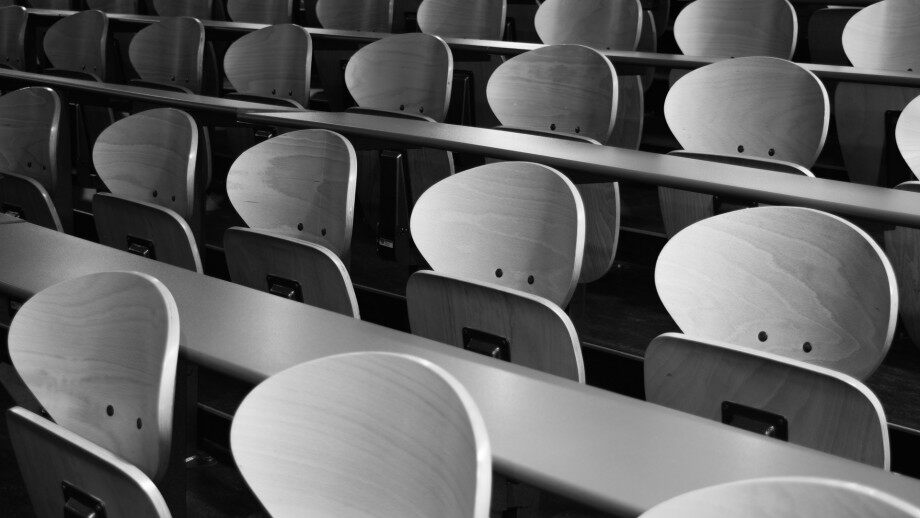

The vast majority of Australians are satisfied with how educational institutions adapted learning and teaching during the COVID-19 pandemic, new analysis from The Australian National University (ANU) shows.
Study co-author, Professor Nicholas Biddle, said the study tracked more than 3,000 Australians’ experiences of and views on education during the pandemic.
“We found 47.8 per cent of Australians, or almost one-in-two, were very satisfied with their child’s educational institution, while 40.2 per cent were somewhat satisfied,” Professor Biddle said.
“Only a small percentage of the population, 9 per cent, were not too satisfied, while 3.1 per cent were not at all satisfied.”
Despite this high level of satisfaction, the findings show a large number of people were still concerned about their own learning or their children’s learning.
“One of the more troubling findings was that almost half of Australians had some concern for their child’s learning, with 13 per cent saying that they were very concerned and 36.8 per cent saying that they were somewhat concerned,” Professor Biddle said.
When asked, 8.9 per cent of adult learners said they were not too satisfied with their own educational institution, with 7.6 per cent of respondents saying they weren’t satisfied at all.
Among parents and guardians, concern was greatest for those in Victoria, those born overseas in a non-English speaking country, those from a low-income household, or those who attended a government secondary school.
Lower educated parents and guardians, and those with relatively disadvantaged areas were also more likely to say that they had to increase their own instruction or resources during the pandemic.
“Parents or guardians who lived in Victoria were less satisfied with their education institution than those in other parts of the country, and were more concerned about their child’s learning,” Professor Biddle said.
“They were also more likely to say that their child had experienced an increase in online learning and that the household had provided more instruction and resources.
“None of these results are surprising, given the extended lockdown that occurred in Victoria during the second wave of infections.
“However, it does highlight the potential education costs of that second wave, in addition to the social, mental health and economic costs we have previously documented as part of our ongoing COVID monitoring program.”
The study also examined whether Australians think there is equal access to education and educational opportunities.
Between February and November, on a scale of one to 10, the number of Australians who think everyone has a fair chance of achieving the level of education they seek slipped from 6.11 to 5.97.
“While the difference appears small, it is statistically significant and is certainly not moving in the direction that policy makers would hope for,” Professor Biddle said.
The study forms part of the ANU Centre for Social Research Methods COVID-19 monitoring program and is available online.
Data collection for the study was provided by the Social Research Centre, with financial support from Australian Institute of Health and Welfare.







































